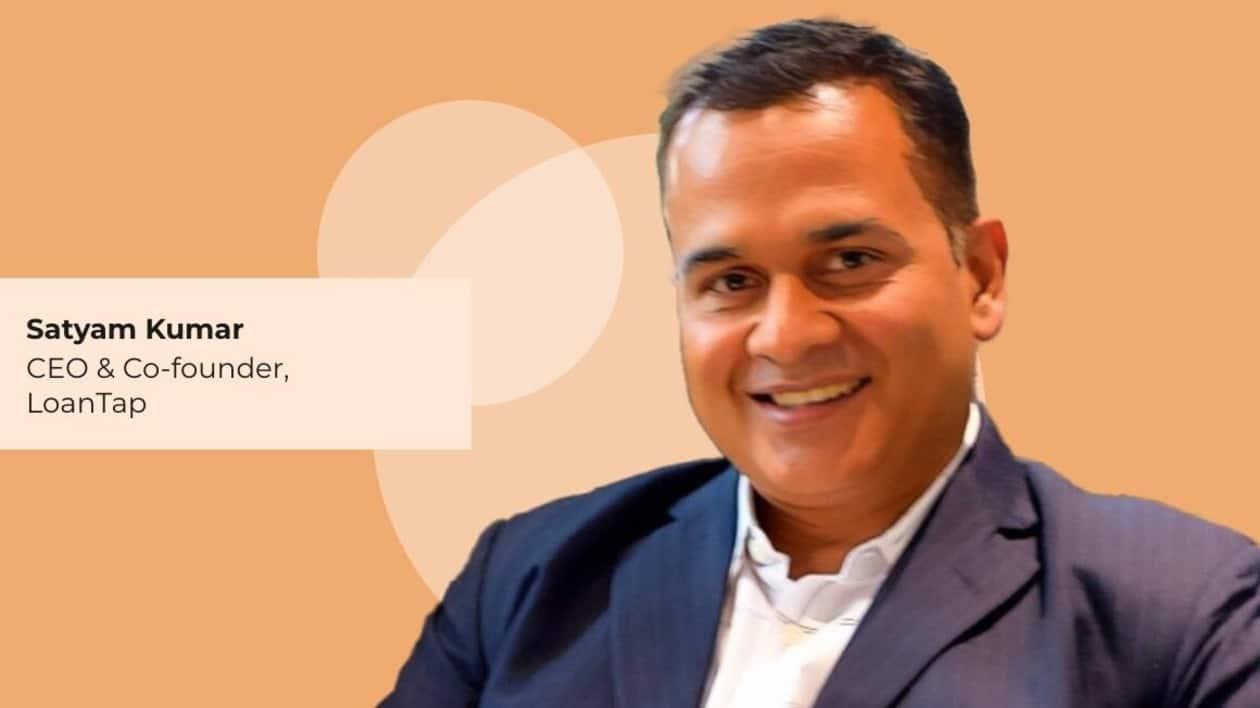Apart from offering convenience and faster loans, now a lot of fintech have started offering discounts on their services, says Satyam Kumar, CEO & Co-founder, LoanTap.
In an interview with MintGenie, Kumar said that having the flexibility to foreclose a loan is very important.
Edited Excerpts:
Q. High-interest rates have made loans expensive. How do you advise interested borrowers to escape the burden of debt in the long run?
Loans are a means to fill in your current financial gaps and must be taken responsibly. An unplanned loan is more likely to turn into a burden. While the interest rate is important to look at, there are other factors that can help in reducing the burden. Having the flexibility to foreclose a loan is very important.
It allows flexibility in the future and the ability to close the loan when the customer has sufficient funds. You can reduce the interest burden by making part payments, increasing monthly EMI deductions, or by shifting longer tenure loans to another institution. The credit score is also an important factor that affects interest rates and keeping a good credit score can reap the benefits of having a low-interest rate throughout.
You can reduce the interest burden by making part payments, increasing monthly EMI deductions, or by shifting longer tenure loans to another institution.
Q. Banks are gearing up to lure more customers with attractive loan schemes. What benefits do fintech lenders provide to interested customers?
Loan is a service offering and it should be viewed in totality with adequate weightage to service/experience. Most fintech organizations have their complete lending journey online, with flexible prepayment and foreclosure options, a lower processing fee, instant loan disbursal, and cater to ticket sizes as low as just ₹1,000.
The COVID-19 pandemic brought in a shift from traditional banking services to purely digital and it has stayed in most parts of the country. Now one can just sit at home and get a loan within a few minutes from their mobile phone using one of the fintech apps. Apart from offering convenience and faster loans, now a lot of fintech have started offering discounts on processing fees, gift vouchers, lucky draws, etc.
Q. The RBI released a new draft on April 12 with guidelines for lenders on penal interest charges for loan accounts. How will they benefit borrowers?
The RBI’s guidelines on the levying of penal interest/charges by Regulated Entities (REs) are a welcome move. The guidelines provide much-needed clarity on the use of penal rates of interest, which should not be used as a revenue enhancement tool over and above the contracted rate of interest. These guidelines will help promote transparency and fairness in the disclosure of penal interest/charges, prevent customer grievances and disputes, and ensure that REs follow a clearly laid down policy on penal charges or similar charges on loans.
Q. What are the most common reasons borrowers cite while applying for loans?
Looking at the data one can say that in the current scenario, most people take loans for personal reasons like travel expenses, wedding expenses, medical expenses, child education or home renovations, etc. Unlike about a decade back when loans were primarily taken for big purchases like a car or a home, with more access to credit, people today do not hesitate to a loan for multiple purposes to improve their lifestyle or meet an urgent need for funds.
Q. Lots of lending companies are now lending through apps. How do interested borrowers recognize genuine lending apps?
Since now there are multiple lending apps available one must do some due diligence before downloading any new lending app. While the apps must only be downloaded via the Google play store or the App Store on iOS, one must also read the app description to check if the lender is an RBI-registered entity or if the lending partners are RBI-registered. Doing a quick Google search about the lender can help identify genuine apps from fake ones.
Q. The digital lending space seems to be clogged with new players adding up each year. Will this reduce the borrower-lender space?
While more lenders coming up means more options for the borrowers it doesn’t necessarily imply that there will be more loans disbursed. Although this is true to some extent and the access to a lender has increased but access to credit is another thing. Most of these lenders are catering to the same creditworthy crowd which means more options for the same set of borrowers. If we really want to reduce the borrower-lender space, we must look into how we can improve the credit profiles of the borrowers. This will give more people access to credit and lenders will be able to serve more customers.
Q. What are the factors borrowers must look for before deciding which lender to borrow from?
Today, borrowers have multiple options to choose from. Even though all lenders provide a similar product there are small differences and benefits that might differ from lender to lender. One of the most important things to look for in a lender is authenticity, a lender should be RBI registered or if it’s an aggregator then its lending partners must all be RBI-registered entities.
In terms of getting a loan the rate of interest and foreclosure charges are something one must be fully aware of. Knowing your foreclosure policy is important in case the loan needs to be closed early. It gives added flexibility with the loan. And finally, customers with good credit scores may see if they can get some offers in terms of ROI, processing fees, discounts, etc.
